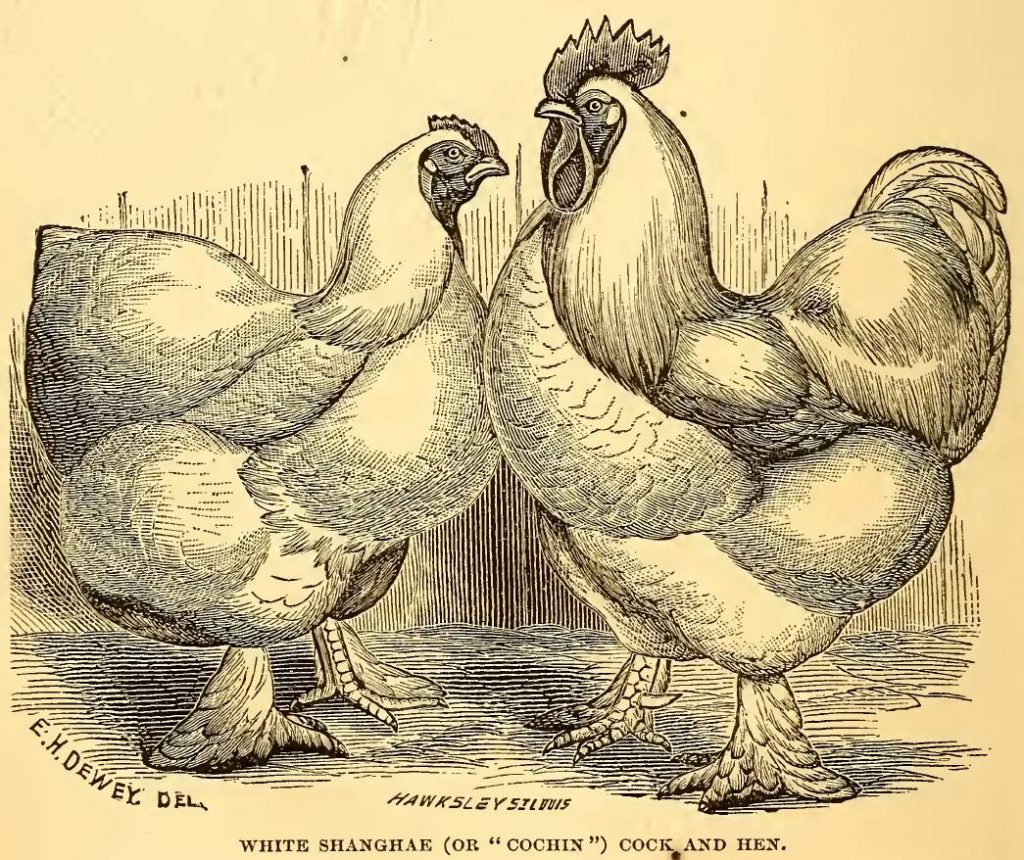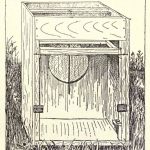Within the past few years the outfit of the poultryman has been enlarged by the addition of the trap nest. As to the practical value of these nests there is a wide difference of opinion; on the one hand they are enthusiastically advocated; on the other they are scornfully condemned.
Judging the Trap Nest
The trap nest needs a judicial appraisal. It has been unfortunate in both its enemies and its friends. Many of those who have ridiculed it have never tried it, and those who have advocated it have too often been those who are interested in it in a financial way.
The principle on which the invention rests is that of the influence of heredity. It is a fact well known to all breeders of animals that desirable traits may be transmitted, and by careful mating a strain may be permanently established.
It is a matter of common knowledge that in the poultry world some of the most popular breeds of to-day have been made within a comparatively recent time by the combination of individuals of different varieties.
Choosing Hens to Breed From
It would seem almost axiomatic, therefore, that if one wishes to establish a heavy-laying strain he must breed only from heavy layers. In the preceding chapter I have told how these layers may be picked out. But there is always the possibility that the poultryman may be mistaken. The trap nest box may be used in the breeding pen for a time at least to supplement the poultryman’s personal observation.
It is not necessary to use it all the year round, or to use it in all the pens; but it may be used at times in certain pens to good advantage to ascertain if all the hens are laying, and to weed out hens that are not doing so well as their owners think they ought, and hens that lay small, misshapen or poorly-colored eggs.
The fancier also may make good use of the trap nest in the breeding season, to enable him to select the eggs of individual layers.
He may have in a pen a hen of unusual beauty or excellence, the offspring of which he desires to keep for his own use. The trap nest will enable him to pick out the eggs this hen lays, and then by markings on the feet of chicks hatched from these eggs it is easy to tell them from the rest.
This article about the use of a trap nest is an extract from 200 Eggs a Year Per Hen: How to Get Them by Edgar Wallace (1899). In essence we feel the advice is still relevant especially for readers breeding poultry for style or utility.
See also:
How to Build a Trap Nest Box for Hens - Free Plan
Also in 200 Eggs a Year, Per Hen: How to Get Them
- Preserving Eggs
- What Breed are the Best Egg Layers
- Keeping Hens for Maximum Egg Production
- Breeding Chickens to Increase Egg Production & Utility General Rules
- Eggs in Fall & Winter
- More Eggs In Winter Tips
- The Trap Nest and Its Uses
- How to Build a Trap Nest Box for Hens – Free Plan
- Breeding Chickens – Selecting Stock
- Cross Breeding Chickens – Importance of Crosses
- Fertile Eggs & How To Get Them
- Poultry Manure A Valuable By-Product



